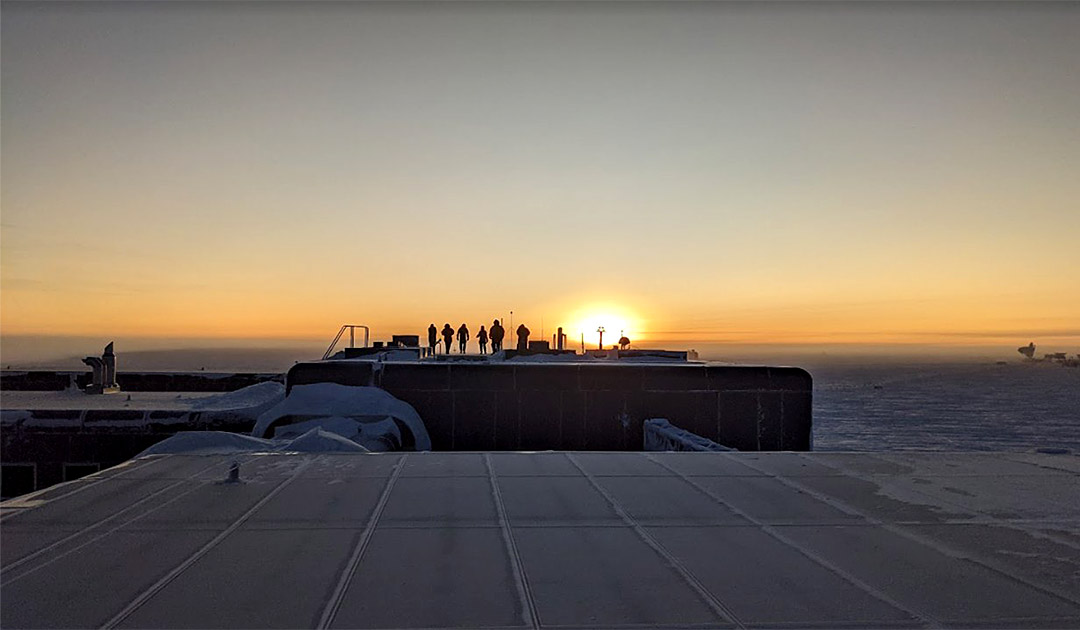
While last summer the Northern hemisphere had experienced record high temperatures and forest fires in Siberia, it had never been so cold before at the South Pole. The average temperature at Amundsen-Scott Station at the South Pole between April and September was minus 61 degrees Celsius, the coldest since records started in 1957.
Climatology journalist Stefano Di Battista first tweeted about the extreme temperatures, and a NASA researcher later confirmed it. Experts point to a polar vortex and resulting ozone depletion as the culprit behind the deep cold.
It was exceptionally cold at the South Pole from April to September. This is not unusual at first, but this year it was a bit more extreme than usual.

The cold temperatures also spread elsewhere in Antarctica, leading to a record-breaking expansion of the pack ice belt that surrounds Antarctica, according to a Washington Post report.
Even now, with spring in full swing, Antarctica continues to experience record temperatures. A few days ago, the Russian Vostok station reached minus 79.4°Celsius, just 0.6º Celsius above the coldest October temperature ever.
Current temperatures are still far from the coldest ever recorded on the continent. On July 21, 1983, during the Antarctic polar night, researchers at Vostok Station recorded a new record of minus 89.6 Celsius. On July 23, 2004, satellite measurements northwest of the research station even recorded a surface temperature of minus 98.6º Celsius. The data were measured by means of the MODIS infrared spectrometer on board the Terra satellite directly on the ice surface and are therefore not directly comparable with the air temperatures measured at the research station at the internationally common measuring altitude of two metres. For this reason, the World Meteorological Organization (WMO) did not recognize these readings as a record for cold temperatures.

One outlier in the data does not make a trend. Experts everywhere agree that climate change, both globally and in Antarctica, is still a serious problem. Ironically, the planet as a whole experienced its fourth warmest temperatures from June to August, while Antarctica froze.
Scientists stressed that the record cold over the South Pole in no way disproves or reduces the severity of global warming. Antarctica is notorious for its wild weather and climate swings that can run counter to global trends.
Heiner Kubny, PolarJournal





